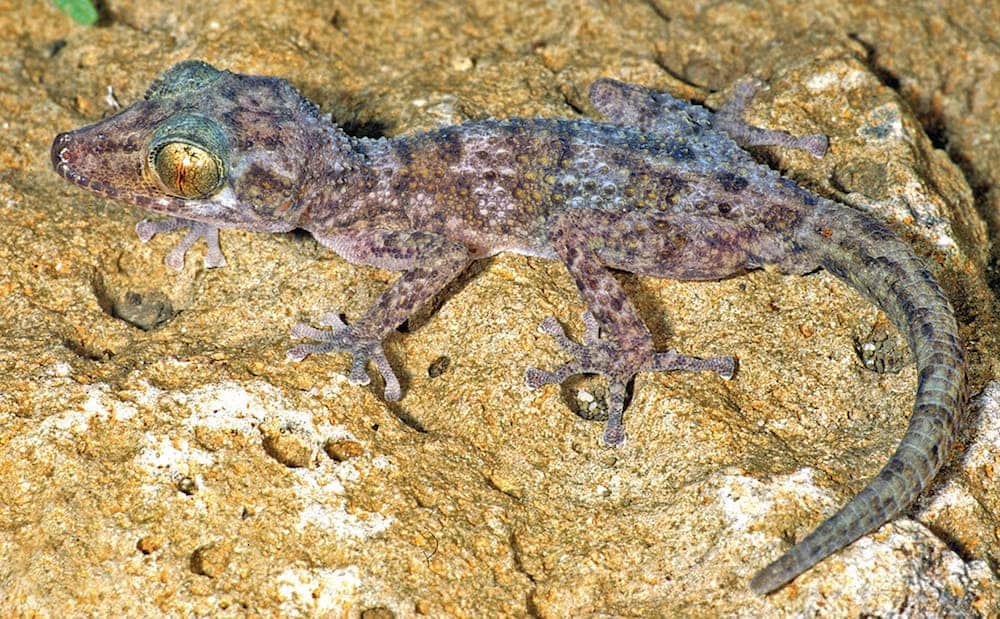When a new species is discovered, it is usually a moment of joy and satisfaction, but recently, announcing such a discovery is done with much discretion and care, for fear of poachers using the announcement to hunt down the new species.
Academic journals have begun withholding the geographical information of newly discovered species in the light of poachers using peer-reviewed papers to collect and hunt previously unknown species of frogs, lizards and snakes. The International Commission on Zoological Nomenclature does not demand researchers to publish this data, but it is generally considered good practice, and many choose to do it for the sake of completion.
Geographical information is very important when announcing a new species, because it contains valuable environmental data, both for conserving the species and for understanding its place in the grand evolutionary tree. But an announcement from the Zootaxa academic journal that two new species of large gecko had been discovered intentionally omitted to mention their location.
“Due to the popularity of this genus as novelty pets, and recurring cases of scientific descriptions driving herpetofauna to near-extinction by commercial collectors, we do not disclose the collecting localities of these restricted-range species in this publication,” the paper said.
Instead, the data was stored in governmental agencies, available only for fellow scientists on explicit request.
“The publishing of data identifying geographic locations poses a threat to the survival of some newly discovered species,” said Mark Auliya, a biologist at the Helmholtz Centre for Environmental Research and co-chair International Union for the Conservation of Nature (IUCN)’s monitor lizard specialist group.
“Locality information is used and misused by traders. Printing the location of animals that are rare, protected, endangered, or endemic to specific islands or habitats can easily create a market demand, especially if they are charismatic, colourful or unique in their morphology.”
Even when only vague pieces of information are posted, black market trades can often use their connections and track down the species. Just four months after Zootaxa published information about a new species of gecko, the animal started to appear in Europe as a pet. This follows other distressing cases, like a critically endangered Roti Island snake-necked turtle being depleted after a paper in 1994.
The International Union for Conservation of Nature (IUCN) has very strict guidelines prohibiting any publication of geographical data for an endangered species (especially those with a high risk of pet trade), but most journals don’t enforce these guidelines. Ariadne Angulo, the co-chair of the IUCN’s amphibian specialist group said that they are trying to push the implementation of these guidelines.
“It’s an ethical conundrum,” she said. “Many scientists are caught in the dilemma that: here we are with a species no one knows – its not even considered a species – they describe it, provide locality information, it makes it into the primary data and a few months later that species is found on the market.”
In the past 10 years, Europe alone has imported over 20 million reptiles, making this issue a very pressing one.










